
2021 Hyundai Great India Drive: Exploring Dharamshala in an Alcazar
Ishan embarks on the 5th edition of the Great India Drive to discover some new aspects of India and, of course, to revel in the freedom of road travel. Here’s what he discovers in this edition.
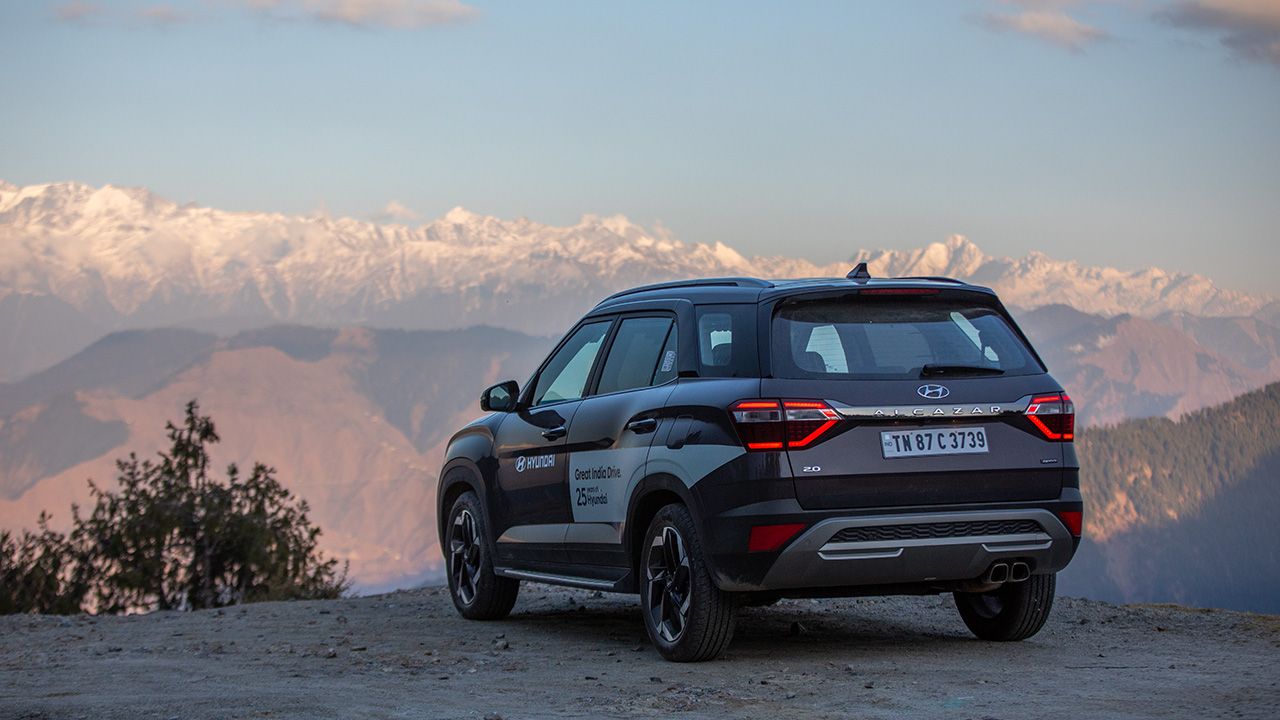
Ishan embarks on the 5th edition of the Great India Drive to discover some new aspects of India and, of course, to revel in the freedom of road travel. Here’s what he discovers in this edition.
As the past couple of years have shown us, aspects of life that we take for granted – like health, safety, and freedom – can easily be challenged and curtailed in a matter of a few days. In fact, if anything, the ongoing pandemic has taught us that while we live in a country characterised by cultural and geographical diversity – and a vast amount of natural beauty to be explored, as you can see in the images of this story – we, at the same time, need to address a lot of challenges that we face today. Take infrastructure, for instance – it’s something that we need to develop at an express pace to serve our growing and ambitious population. So, for this edition of the Great India Drive, then, we decided to explore and witness the way the Smart Cities project is changing the lives of people in far-flung areas and, more importantly, creating new entrepreneurs in the process.
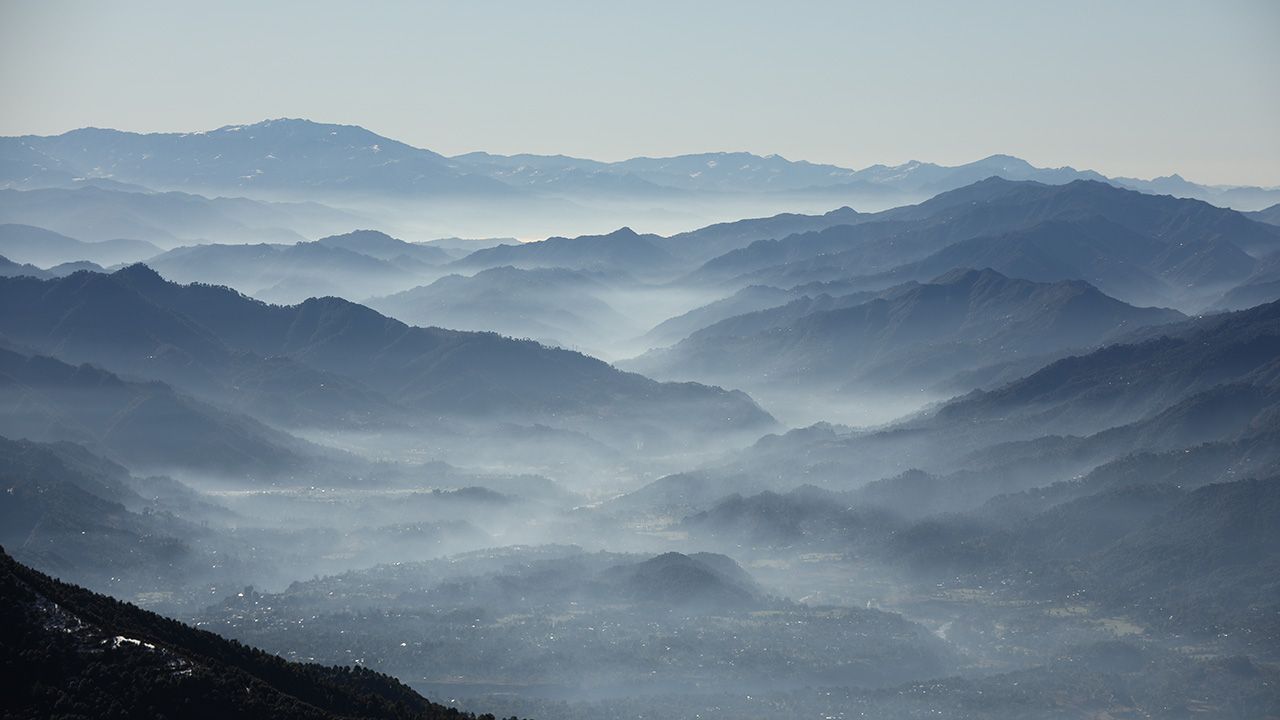
Hitting the Road
Our steed for the 5th edition of Great India Drive was the brand-new Alcazar, which, with its three-row of seating and an immense amount of standard equipment, was likely to be a worthy partner. Now, I had hardly spent any time with the Alcazar since our first drive and was keen on finding out how it performs over a long-distance journey – a real test with the potential to expose the flaws of even the best products in the world.
Our destination, considering that we had a smart city mind, was obvious – Dharamshala. You see, I’ve always liked the area in and around Dharamshala. On the one hand, you have great weather and amazing views, and, on the other hand, you get to witness and encounter the culture of the nearby Tibetan settlement. And, of course, if you’re the adventurous kind, Bir-Billing – India’s premier paragliding location – is not far from there.
The journey from Delhi to Dharamshala, though, isn’t a short one. You first must tackle the congestion on NH44, as you begin from Delhi, which continues to be a mess throughout Haryana and only cleans up when you enter Punjab and head towards Una.
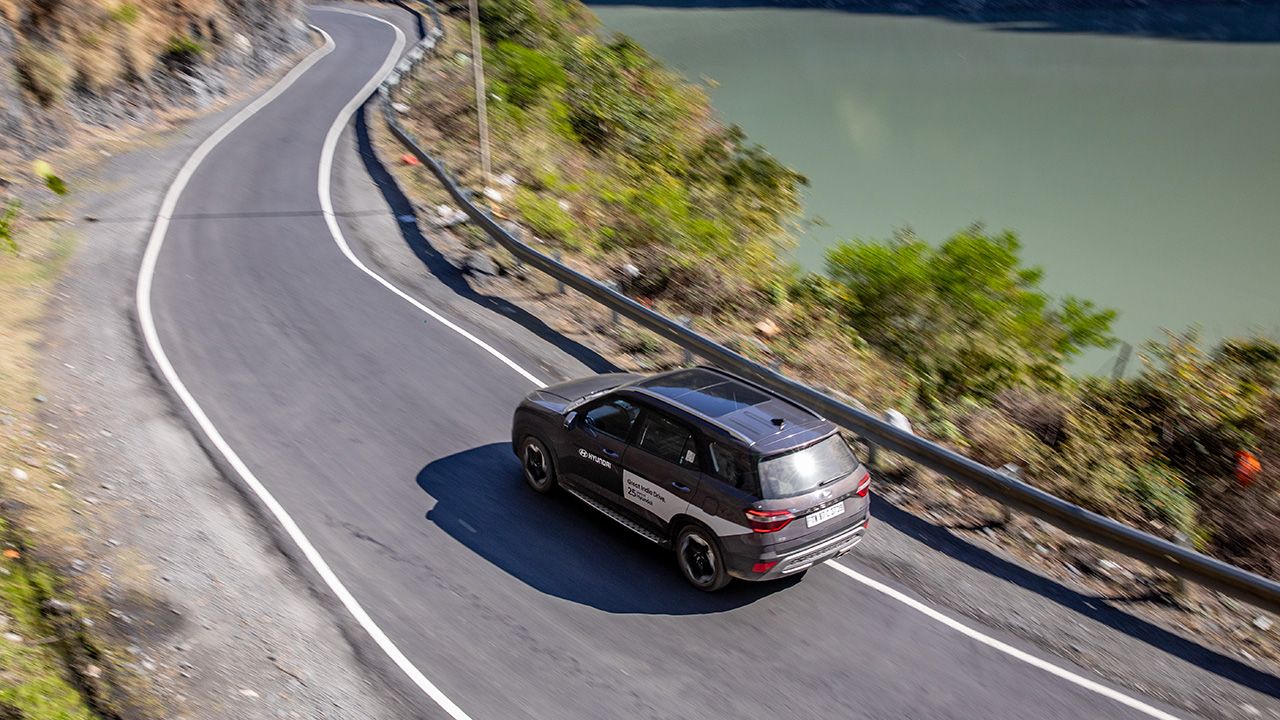 The Alcazar makes for a great road trip companion, not just with its excellent creature comforts, but also superb seats and excellent highway manners
The Alcazar makes for a great road trip companion, not just with its excellent creature comforts, but also superb seats and excellent highway manners
As always, our planned departure was delayed, so we decided to take a break in Chandigarh. This proved to be beneficial, as the next morning, we had an easy start and a 5-hour drive ahead of us. The road was fine, and we covered ground quickly. And soon, I found myself looking at the crystal-clear water in Nangal, near the legendary Bhakra Nangal dam, which offers a very sharp contrast to what we see in the Yamuna back in Delhi.
An Evolving City
Now, reaching Dharamshala is always an exciting moment. The magnificent view of the Dhauladhar range – which appears on the horizon a couple of hours before you reach the city – always invokes pleasant memories in my mind.
By the time we reached our destination and checked into our hotel – I always prefer one a few minutes away from the hustle and bustle of the main town centre – the sun was getting ready to disappear into the darkness of night, but we still had enough time for a quick tour of the Tibetan settlement in nearby McLeodganj. Although I’ve been at the site many times, it’s always heartening to see all that the place has to offer – from a plethora of religious structures and a bright market to a cornucopia of restaurants, serving everything from Tibetan to Gujarati food.
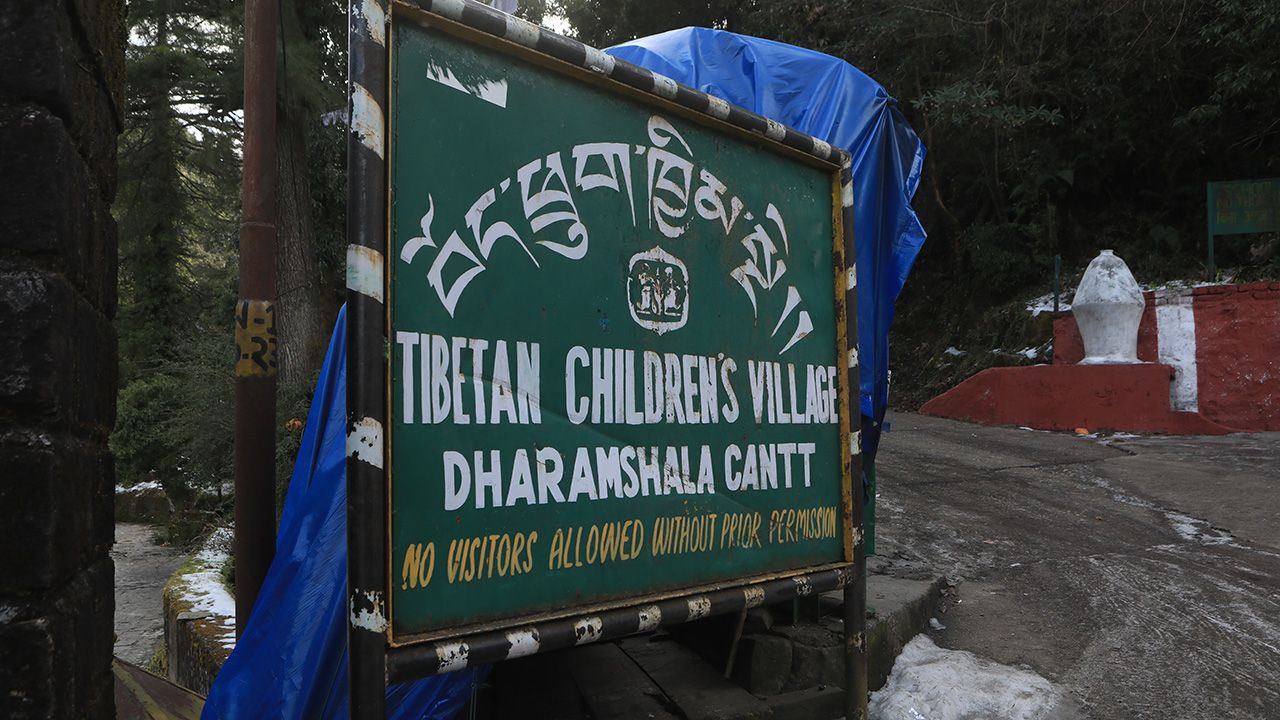
But, more importantly, we were there to see how the Smart Cities initiative is helping the place transform itself and improve the lives of citizens. To learn more about all this from someone experiencing it first-hand, the next morning, we met with Varun Rattan Singh – a friend and an entrepreneur, who quit his big tech job to start his own ventures in his hometown. One of his current ventures, in fact, is a very vital part of the infrastructure of Dharamshala and nearby areas. His company, Development Logics, has been, for years, providing a vital service that forms the backbone of our developing economy – affordable internet connectivity.
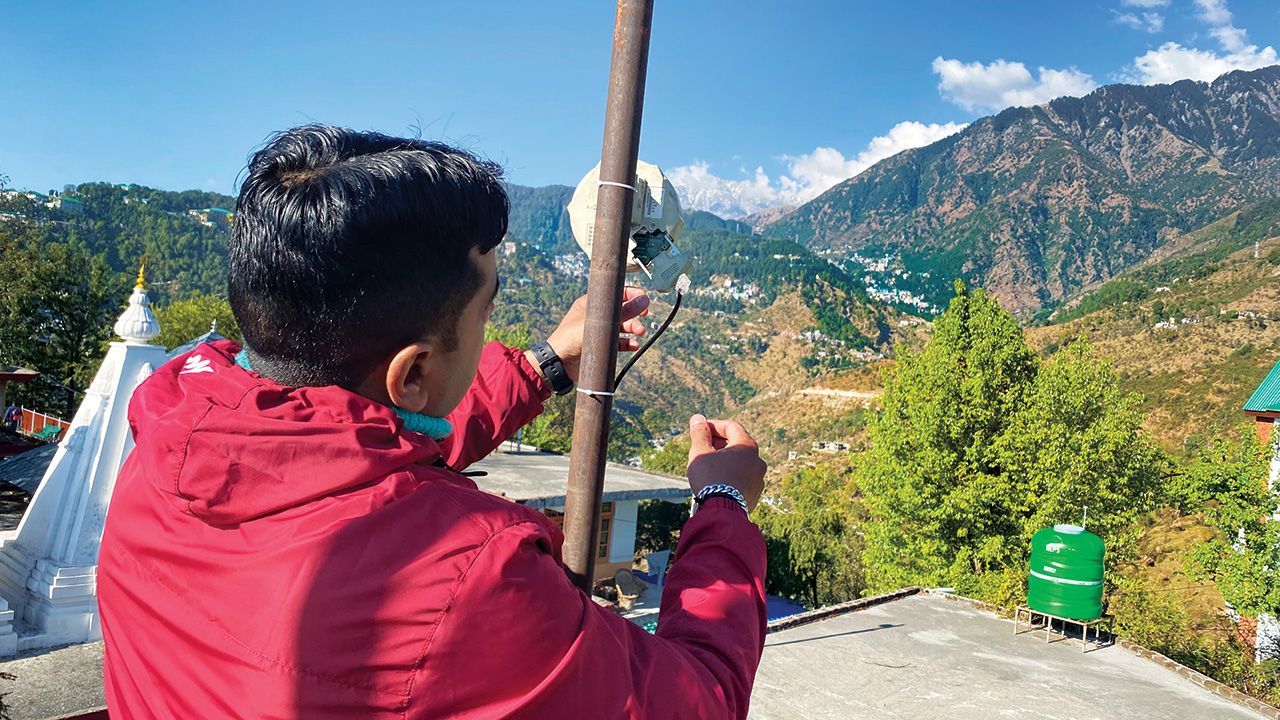
And it’s not just ordinary people in and around Dharamshala who use the services of the company; in fact, many rural banks in far-flung areas, hospitals, and even the traffic police rely on the company’s services. During the conversation, he mentioned how the Smart City project is making the day-to-day lives of people better, allowing them to benefit from many government services, like issuance of certificates and application submissions, through an easy online process, which has certainly made their lives easier. Because even today in the mountainous region, while connectivity has grown by leaps and bounds, given the easy access to cell phones and the internet, transport remains a problem, something that is unlikely to be solved anytime soon.
The Conundrum
Now, with easy connectivity and the advent of social media, the tourist traffic has increased manyfold in these previously sleepy, quaint towns, which has its own issues. However, given the fact that many young professionals are now shifting to these sleepy hamlets from urban centres to pursue remote working, there has been a sharp uptick in business in recent times. This means that rentals have gone up, employment opportunities are being created, and local businesses are booming. Sure, all this creates other issues as well, but there is no denying that it also leads to better income and improved standard of living for local inhabitants.
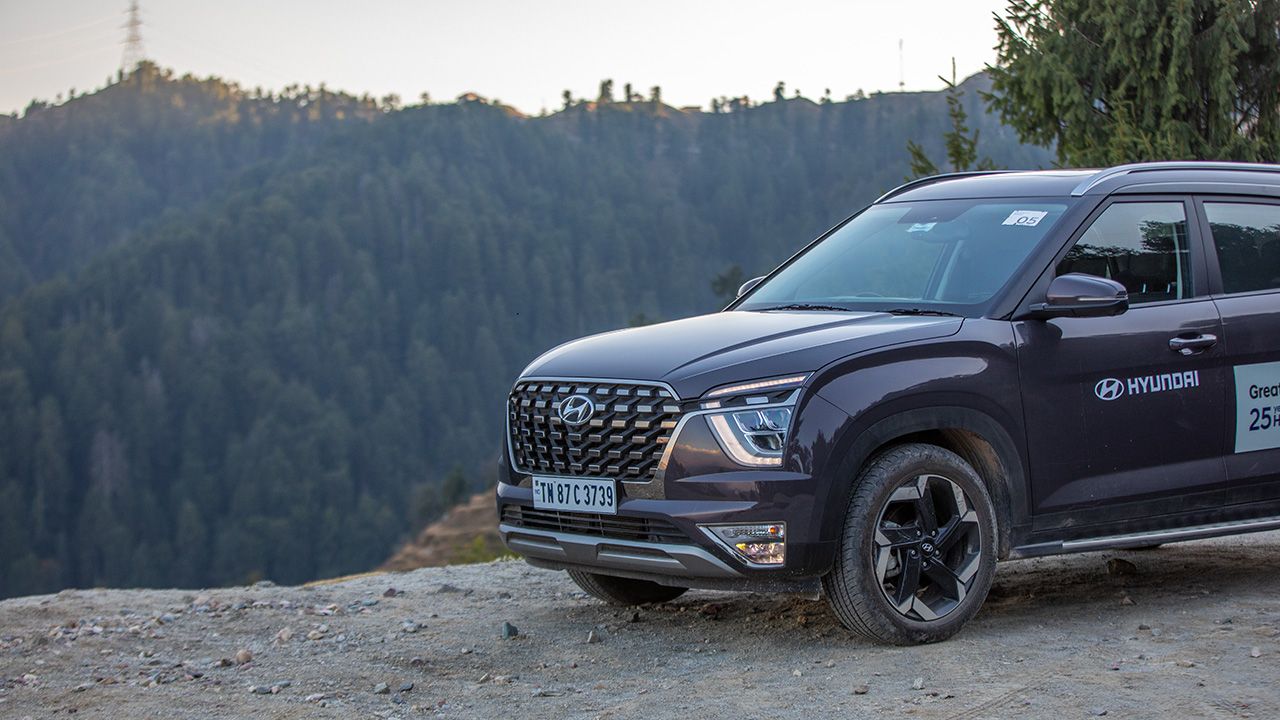
Progress, at the cost of conserving resources, is always going to be a problem in a country like ours. But, more importantly, developing infrastructure to meet the needs of the people remains a crucial task. And given the current pace of road constructions and smart city projects, we can see improvements.
In fact, if there is one aspect of road travel that has seen a massive improvement in the last decade, it’s the improved condition of our highways. Let me put my neck out and say that despite all its flaws and glitches, the Fastag toll system is an absolute blessing. Sure, it isn’t perfect, but then, what is? Besides, it has its advantages, like not having to use cash and shorter queues.
In the four previous Great India Drives, we had a different goal in each of them, but they all had the experience of travelling at the centre. But this edition of the Great India Drive was unique, for our goal here was to see how advancements in technology and infrastructure are changing people’s lives.
 The magnificent view of the Dhauladhar range – which appears on the horizon much before you reach – always invokes pleasant memories
The magnificent view of the Dhauladhar range – which appears on the horizon much before you reach – always invokes pleasant memories
And here is something that struck me while I was on my way back home. Something that we don’t, perhaps, really appreciate much – the improvement in the quality, technology, and efficiency of the cars we drive today. After completing the 1,500km journey in the Alcazar in absolute comfort – in varied weather conditions, with temperatures ranging between 30 degrees and below freezing – I couldn’t fault the car for anything. It’s a testimony to the impressive evolution of the Indian automotive sector and to the fact that Hyundai has been an integral part of this evolution.
Read more:
2019 Hyundai Great India Drive: Driving a Venue from Delhi to Chanshal Pass


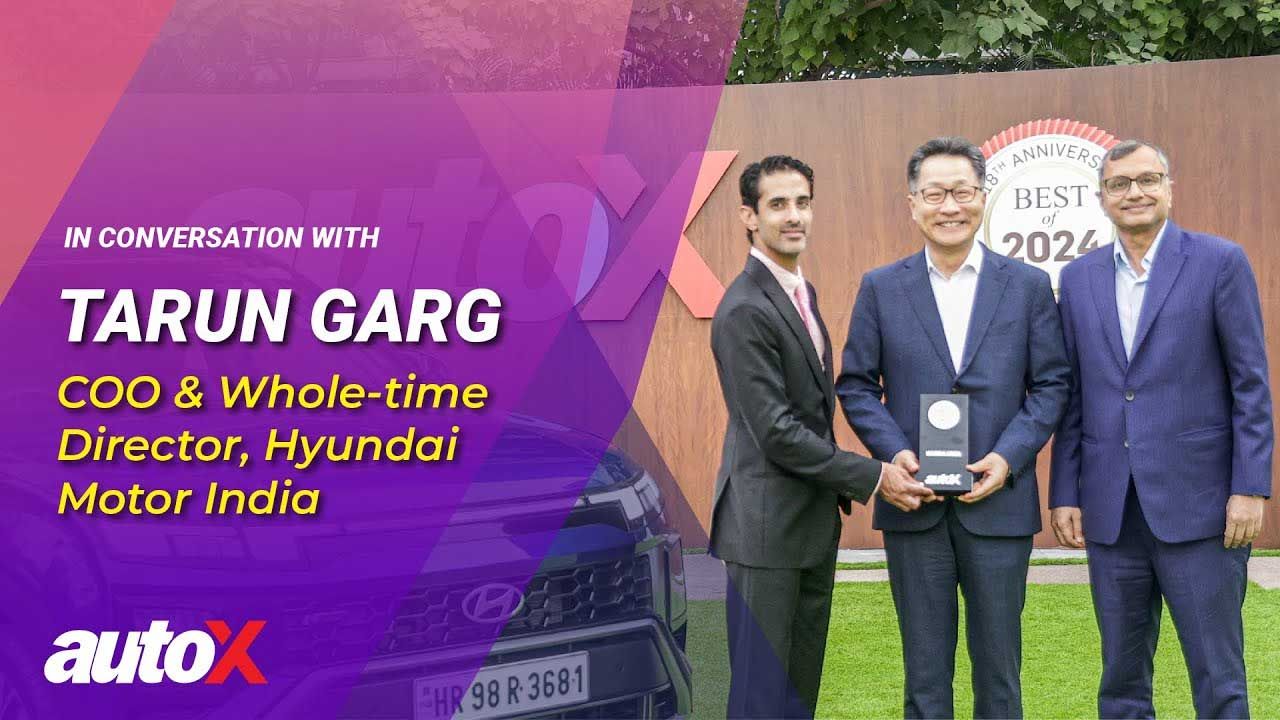
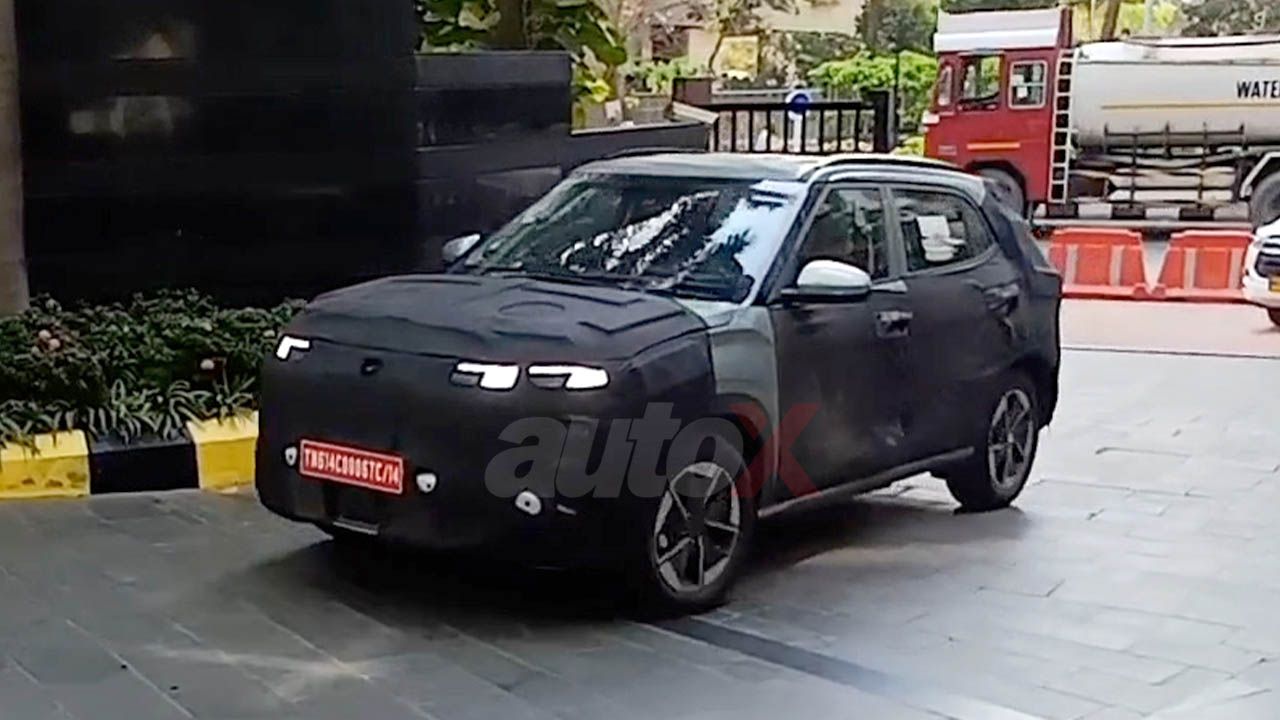
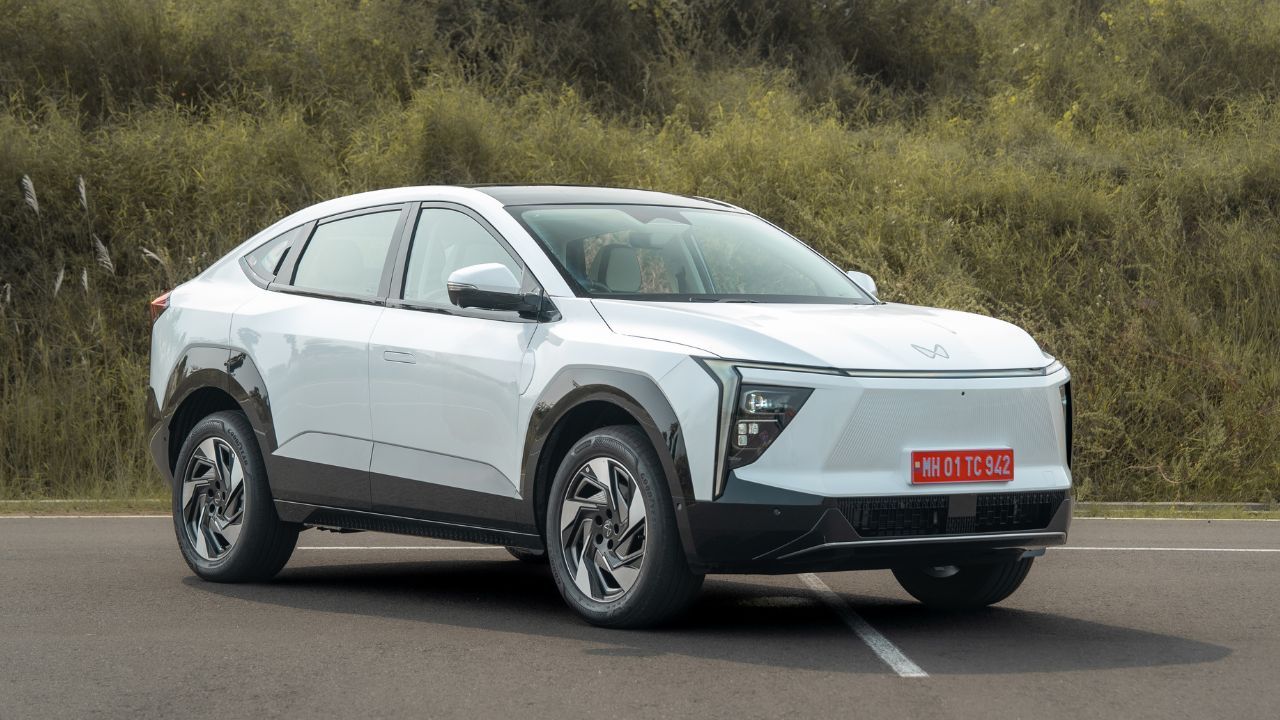
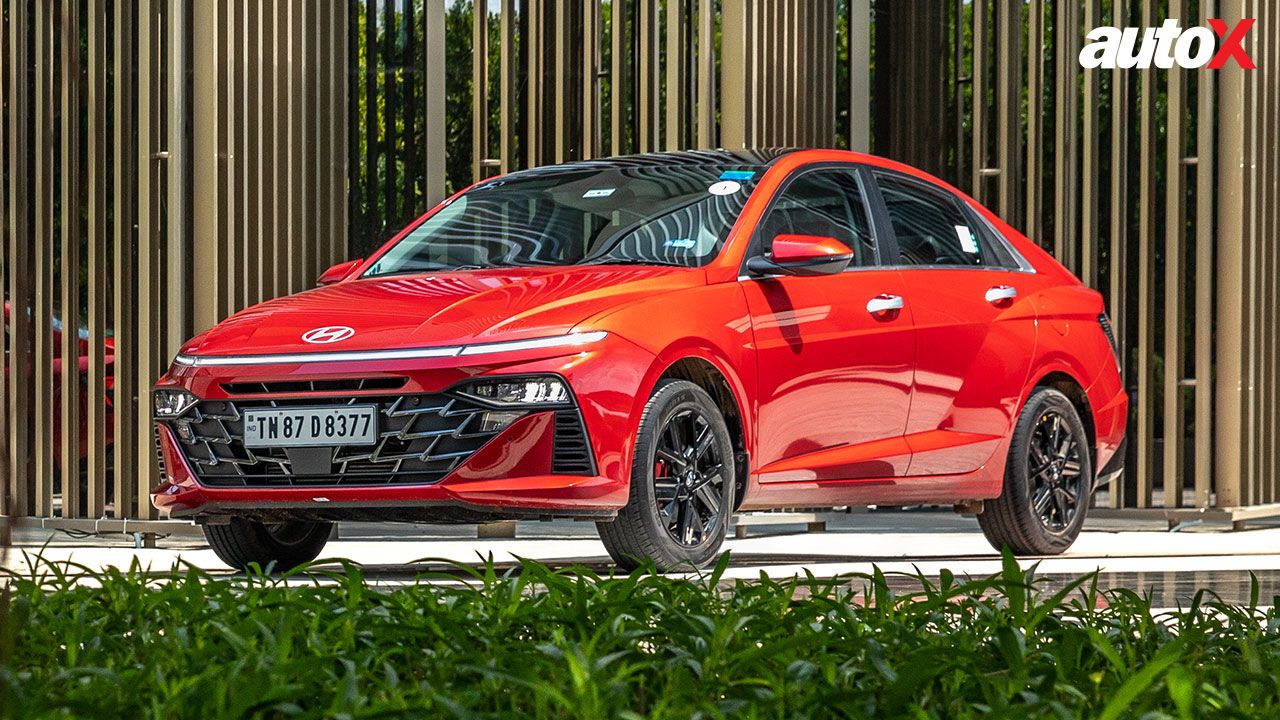
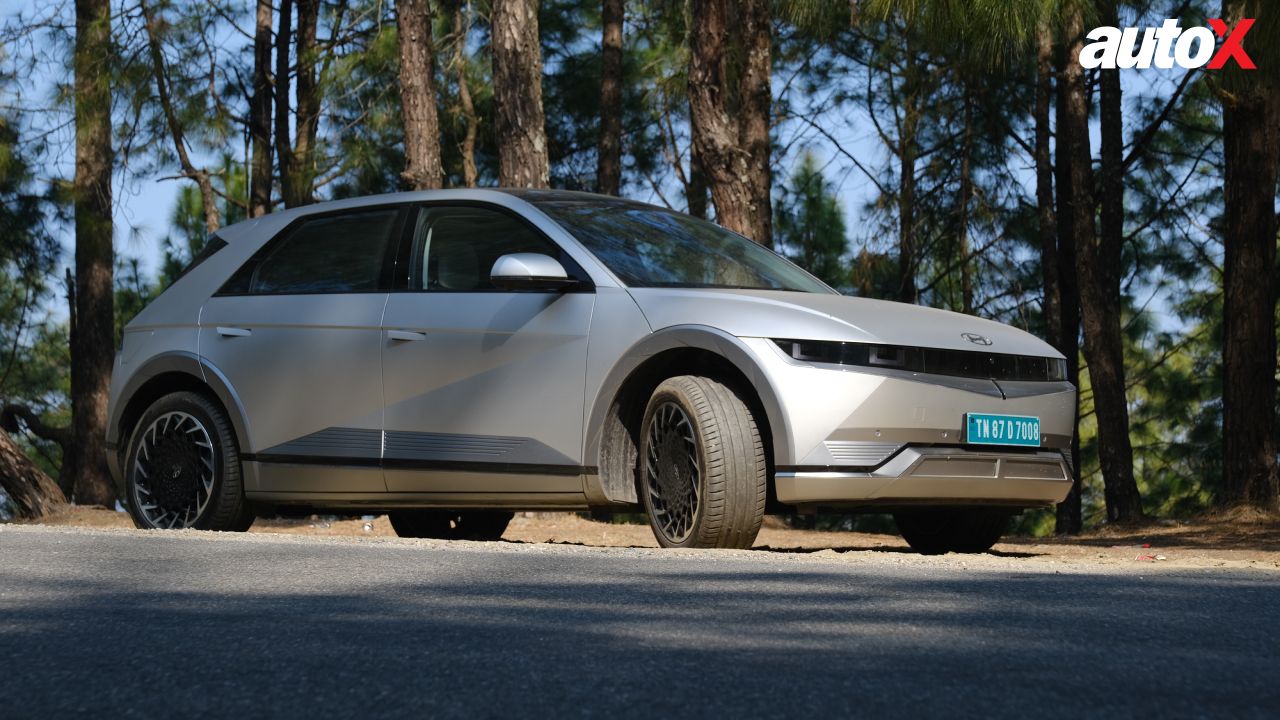
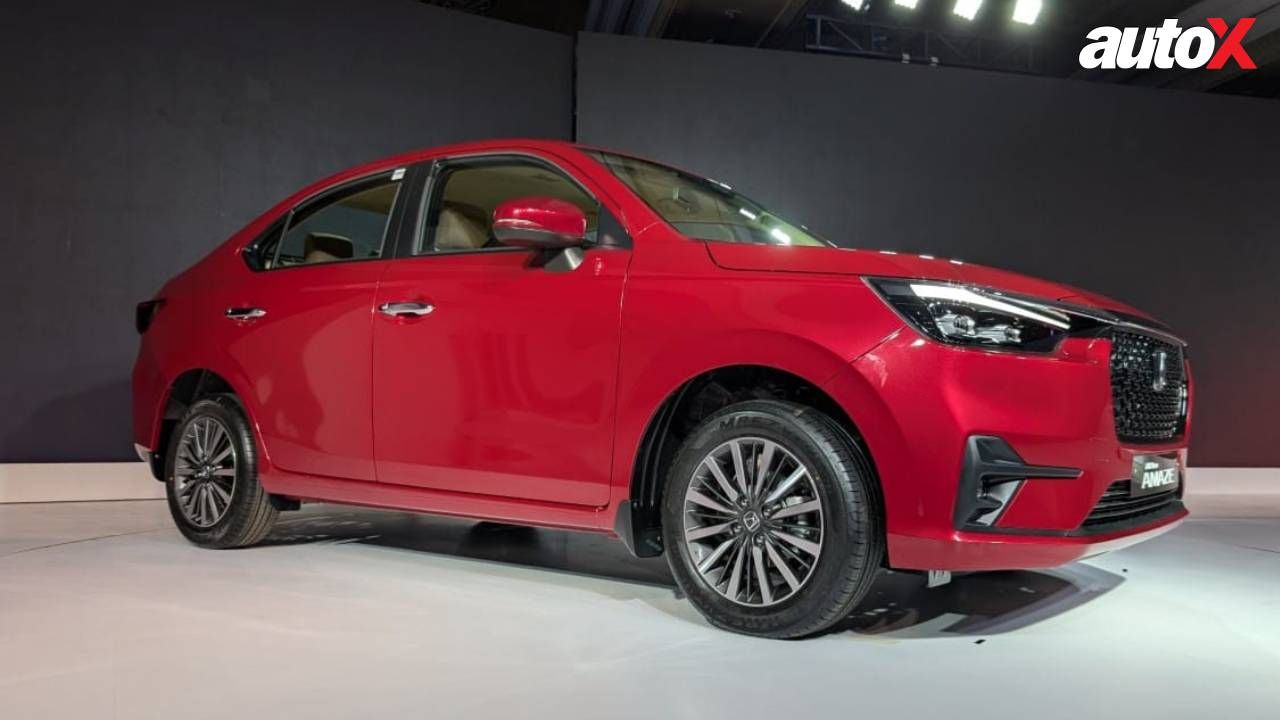

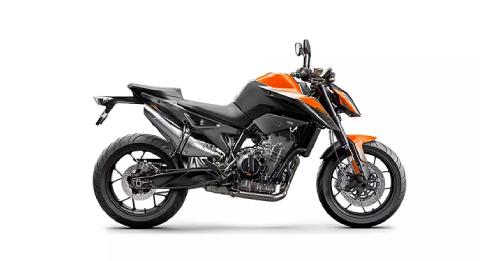
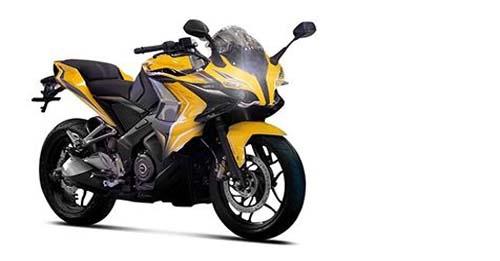
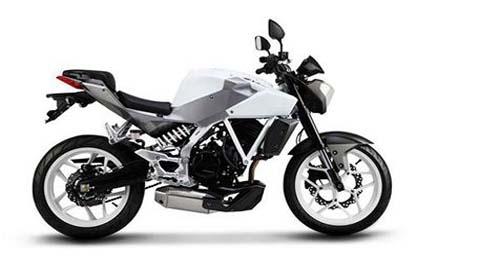


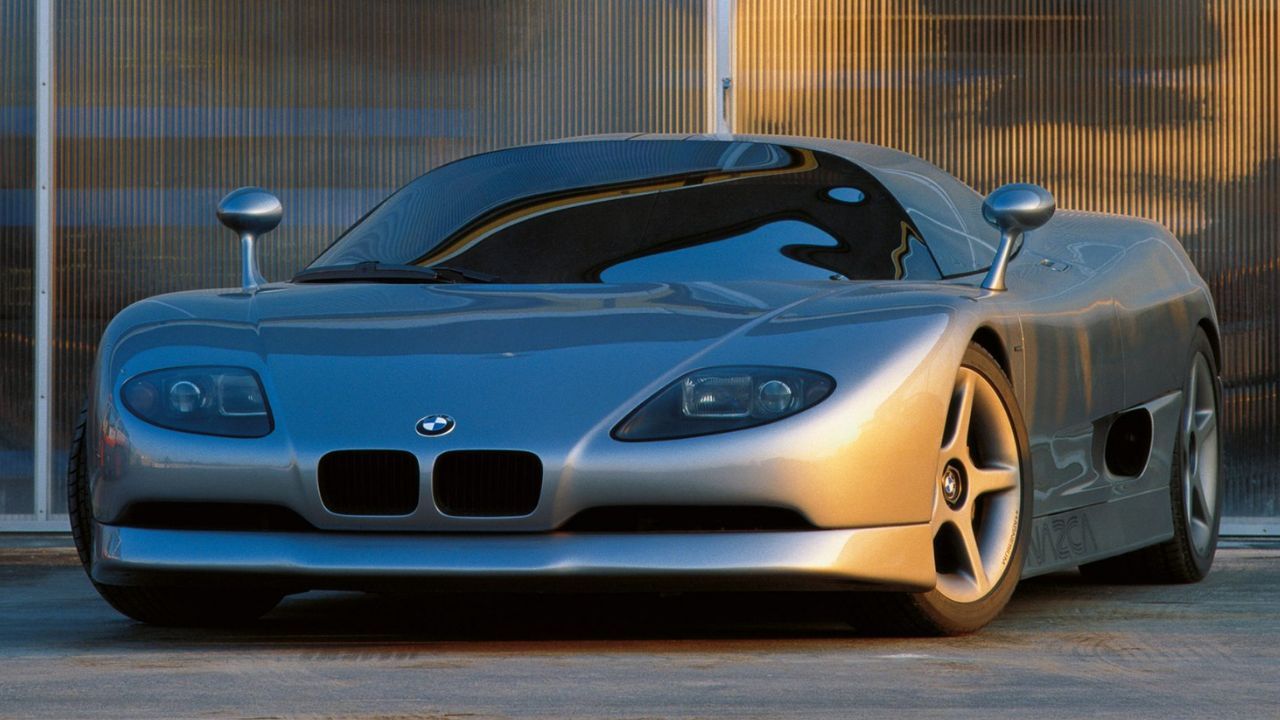

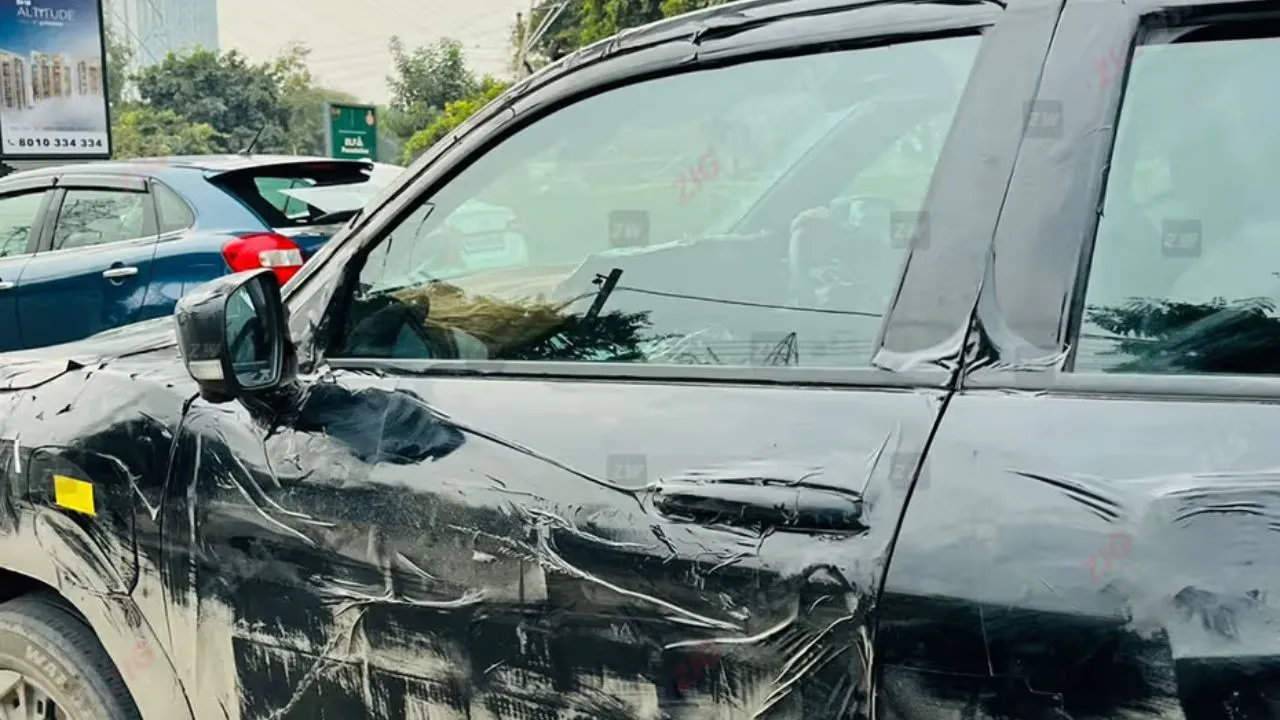
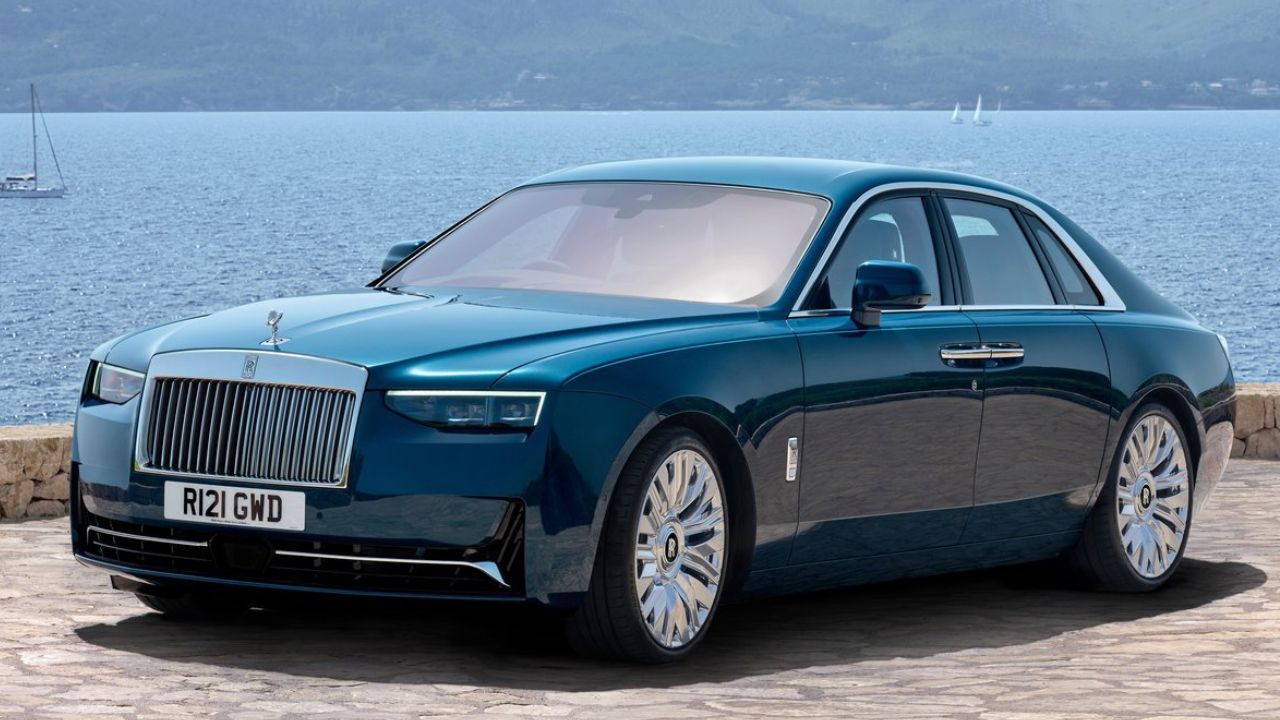
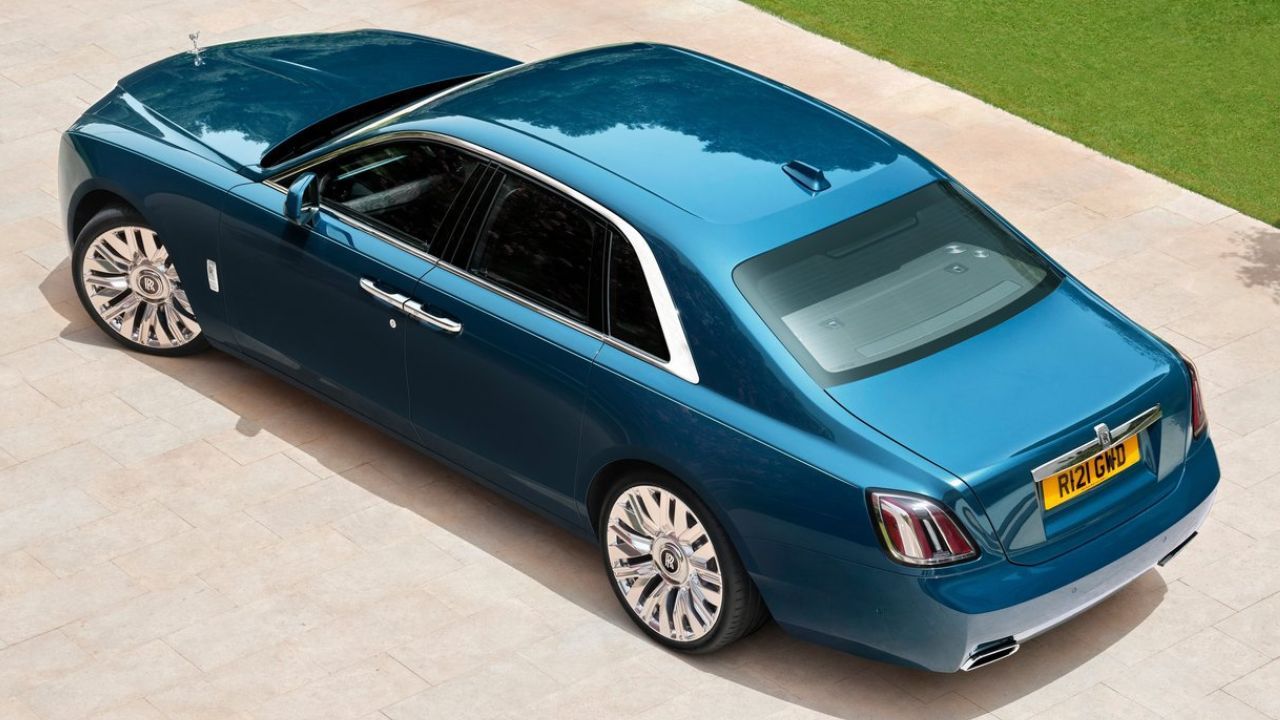
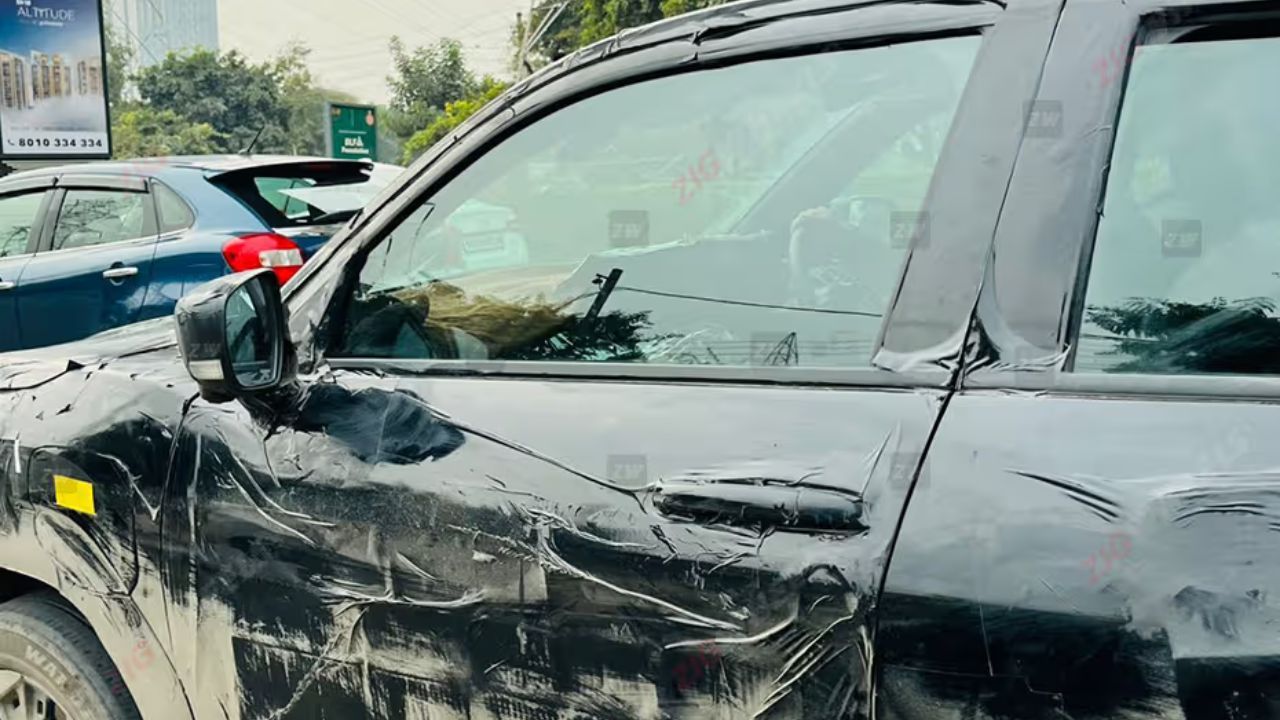
Write your Comment on